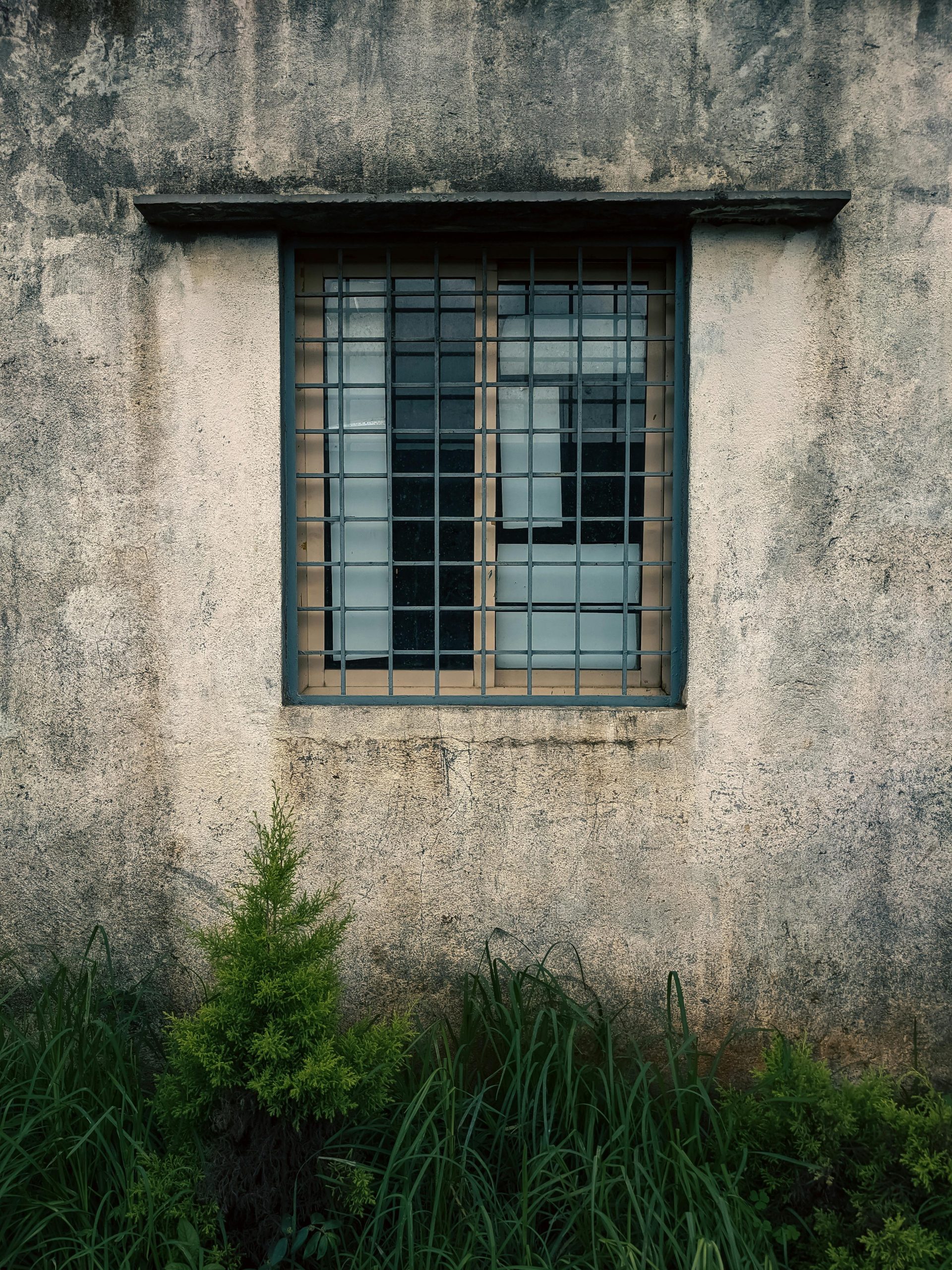The Curious Case of Planned Obsolescence in Window Manufacturing
In my decade-long experience in property maintenance, I’ve observed a puzzling trend among window manufacturers. It seems that every three years or so, companies introduce design changes that render previous models obsolete. This raises an intriguing question: where do all the older components go?
Despite the fact that I often need replacement parts for windows that are only a few years old, sourcing these items proves to be a daunting task. It’s almost as if these companies are actively obscuring their older stocks. My suspicion is that they may be deliberately disposing of their past inventory to stimulate new sales—after all, if their products last too long without the need for replacement parts, they risk diminishing their own business prospects.
This thought leads me to wonder if this practice of planned obsolescence is unique to the window industry or if other sectors experience similar phenomena. Beyond the well-known examples of consumer electronics, like Apple products and smartphones, it’s worth considering what other industries may engage in similar strategies.
I invite readers to share their insights: Have you noticed similar patterns in your own fields? Whether you’re in electronics, appliances, or even fashion, your observations could shed light on this curious aspect of modern manufacturing. Together, we can uncover how widespread this phenomenon might really be.




What a fascinating post! Your observations on planned obsolescence in window manufacturing resonate with many of us who have experienced similar frustrations in other industries. This trend, while often discussed in consumer electronics, definitely permeates various sectors, including appliances and even the automotive industry.
In my experience within the appliance sector, for example, manufacturers frequently release new models or slight design changes every year, which can render older model parts difficult to obtain. This not only complicates repairs but also pushes consumers towards purchasing new units rather than repairing existing ones—an issue that often leads to increased waste.
Planned obsolescence raises significant concerns regarding sustainability. As consumers become more environmentally conscious, there is an increasing demand for more transparency and durability in product design. Some companies are beginning to embrace a ‘right to repair’ movement, focusing on the longevity and repairability of their products.
Moreover, your question about the fate of older components is critical. Many discarded parts often end up in landfills, contributing to the growing e-waste crisis, while others are simply stockpiled, creating unnecessary resource consumption. This not only impacts the environment but also consumers’ wallets.
It would be interesting to explore how consumer awareness and demand for longer-lasting and repairable products could influence manufacturing practices in the coming years. Thank you for bringing this important topic to light—it’s a conversation we all should be engaging in!